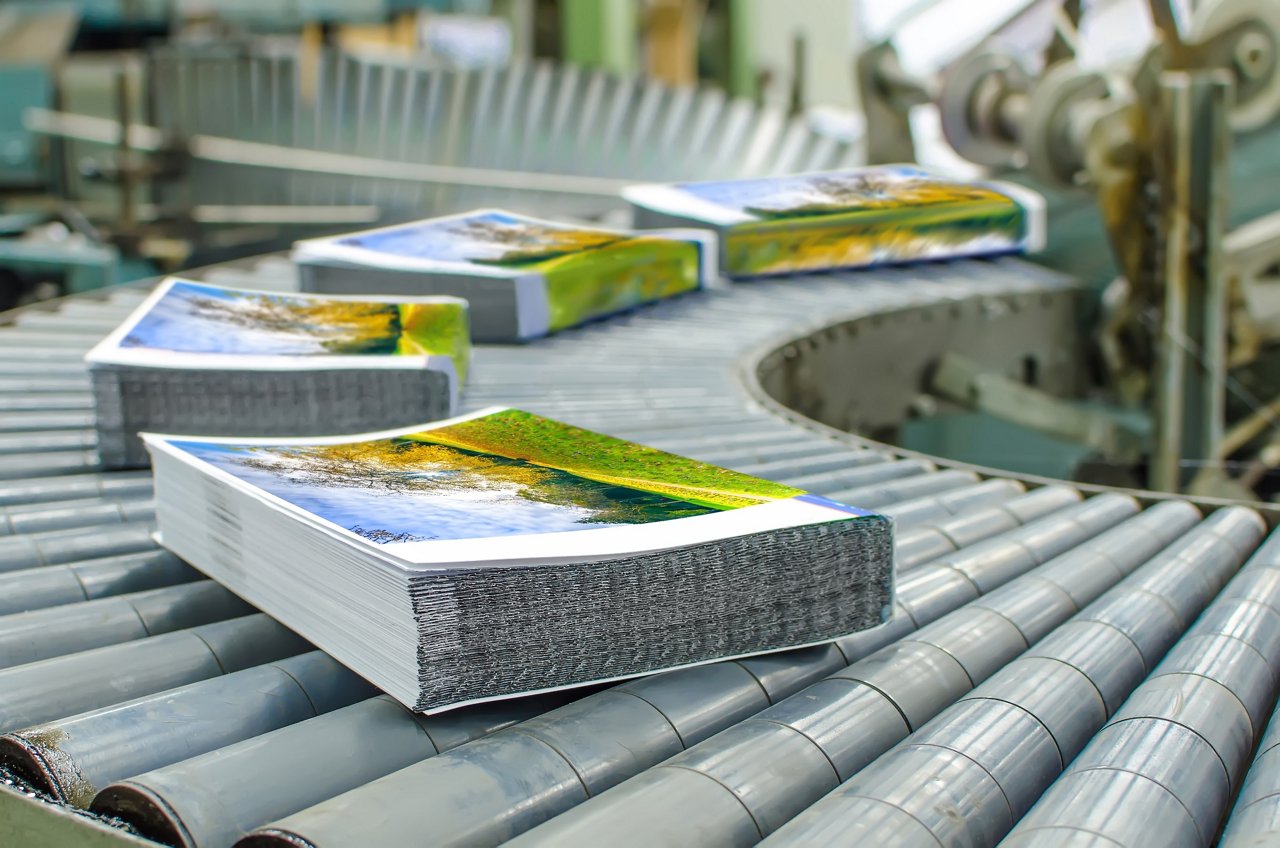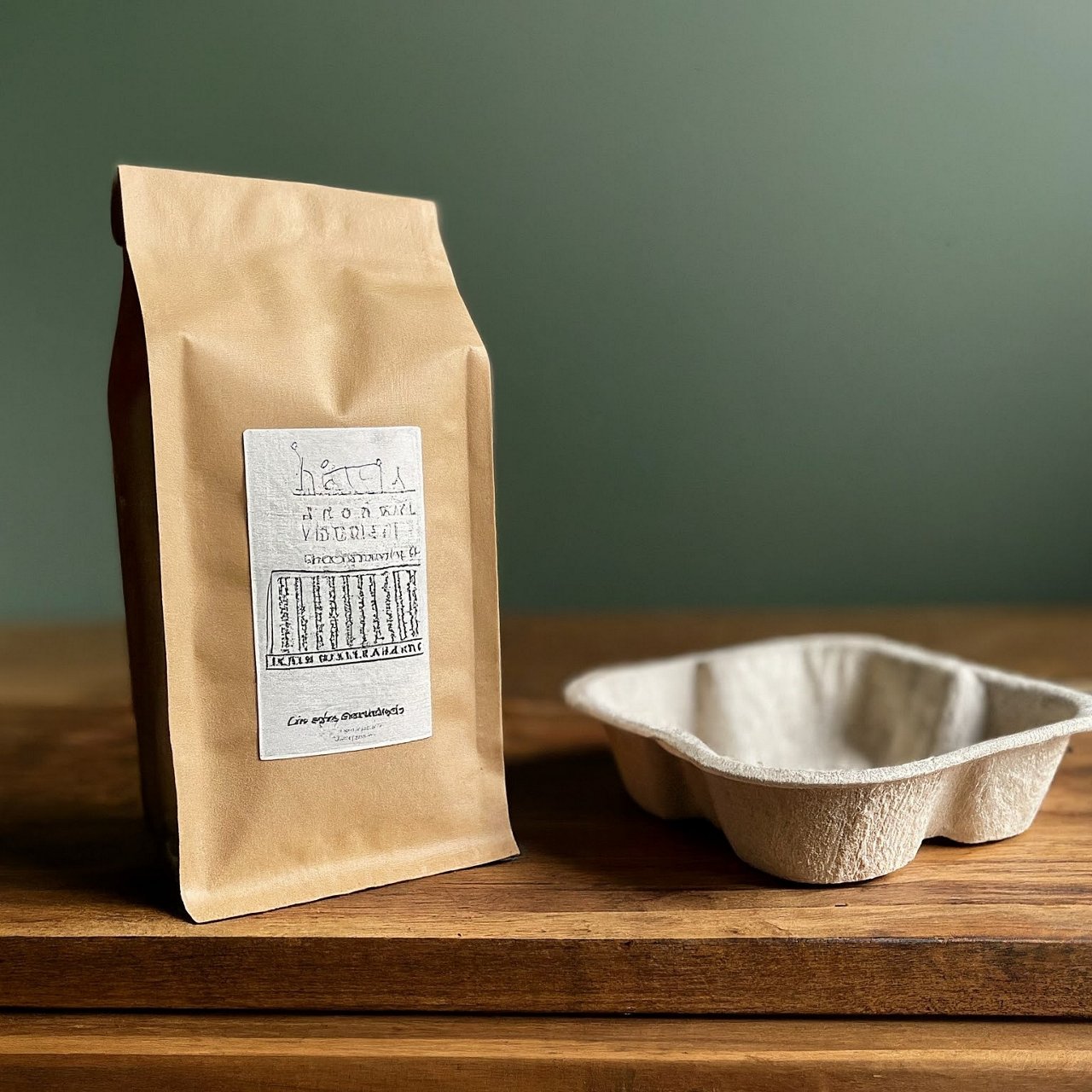Functionality and appearance are major challenges in the graphical paper industry. Omya calcium carbonate-based coatings and fillers improve brightness, gloss and ink coverage, whilst also improving production efficiency, sustainability and cost. Omya has the broadest global portfolio of calcium carbonate-based coating pigments and fillers in the industry. Supported by our expert technical team, we help customers choose the right solution to fulfil the most demanding requirements.
FAQs
Calcium carbonate is a naturally occurring material with a low carbon footprint. It is widely available, which enables local supply and therefore reduced transport costs.
Calcium carbonate offers excellent brightness and hue and can be produced in a range of particle sizes. It improves runability because it is less abrasive than other minerals, reducing wear and tear on machinery.
There are two types of calcium carbonate used in graphic paper production: ground calcium carbonate (GCC) and precipitated calcium carbonate (PCC).
GCC is produced by grinding natural limestone to a fine powder whilst PCC is produced using chemical processes, allowing greater control over its properties.



%3ASquare?ts=1704526968158&dpr=off)

?qlt=85&ts=1704526968208&dpr=off)
